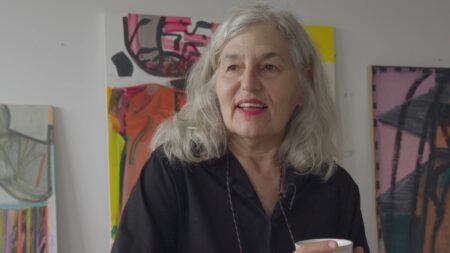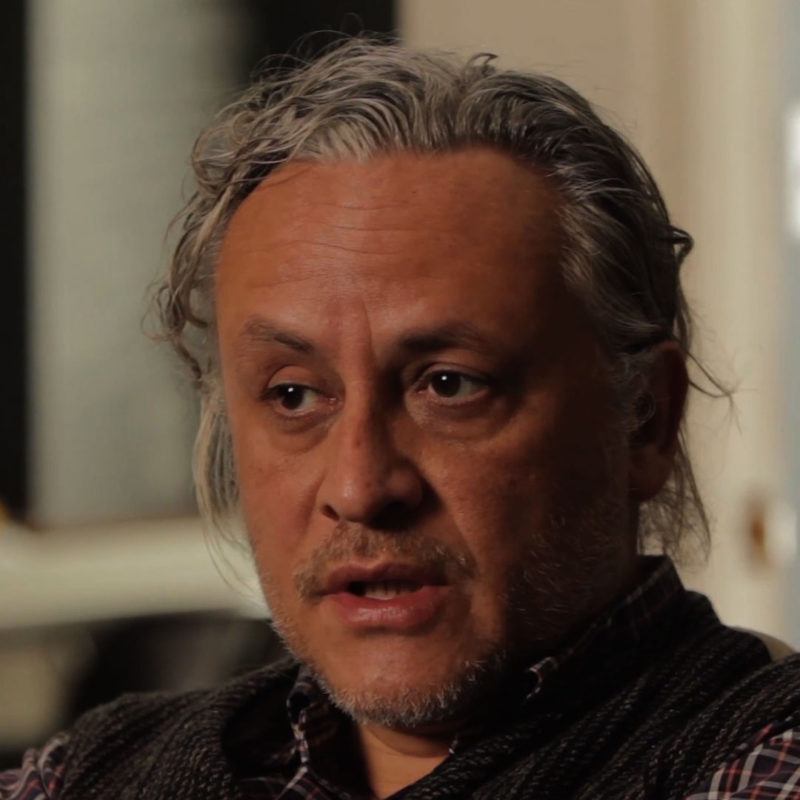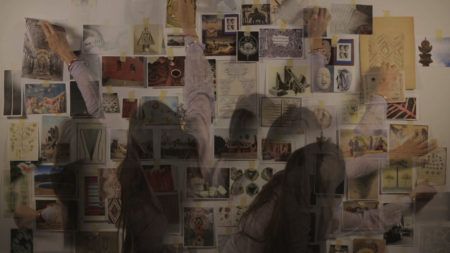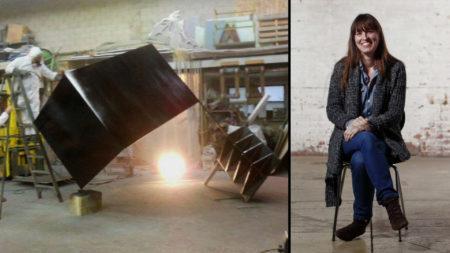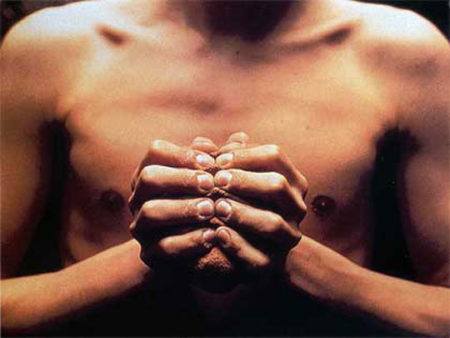Continue playing
(Time remaining: )
Play from beginning
Continue playing "{{ controller.videos[controller.getVideo(controller.currentVideo)].segmentParentTitle}}"
{{controller.videos[controller.getVideo(controller.currentVideo)].title}} has ended.
"Samurai Tree"Gabriel Orozco
Grandson of renowned Mexican muralist Jose Clemente Orozco, Gabriel Orozco’s photographs, installations, and sculptures propose a distinctive model for the ways in which artists can affect the world with their work. Within the artist’s 2008 series The Samurai Tree, Orozco employs a structured set of rules, through which he fills his paintings with abstracted, and at times biomorphic, variations of ellipses.
“I thought that by establishing some rules, I could build up a structure that behaves like a sculpture,” says the artist, “So it’s a flat mobile maybe, or it’s a diagram thats rotating and moving. And behaving not like a painting, in a way.”
More information and creditsCredits
Producer: Wesley Miller. Camera & Sound: Larissa Nikola-Lisa. Editor: Mary Ann Toman. Artwork courtesy: Gabriel Orozco. Thanks: Marian Goodman Gallery, New York.
Closed captionsAvailable in English, German, Romanian, Italian, Japanese, Korean, Chinese, Italian
Through the Art21 Translation Project, multilingual audiences from around the globe can contribute translations, making Art21 films more accessible worldwide.
Interested in showing this film in an exhibition or public screening? To license this video please visit Licensing & Reproduction.
Gabriel Orozco uses the urban landscape and the everyday objects found within it to twist conventional notions of reality and engage the imagination of the viewer. Orozco’s interest in complex geometry and mapping find expression in works like the patterned human skull of Black Kites, and the curvilinear logic of Oval Billiard Table. He considers philosophical problems, such as the concept of infinity, and evokes them in humble moments. Matching his passion for political engagement with the poetry of chance encounters, Orozco’s photographs, sculptures, and installations propose a distinctive model for the ways in which artists can affect the world with their work.
More on Geometry
Artwork Survey: 1990s
Gabriel Orozco
Gabriel Orozco
Gabriel Orozco
